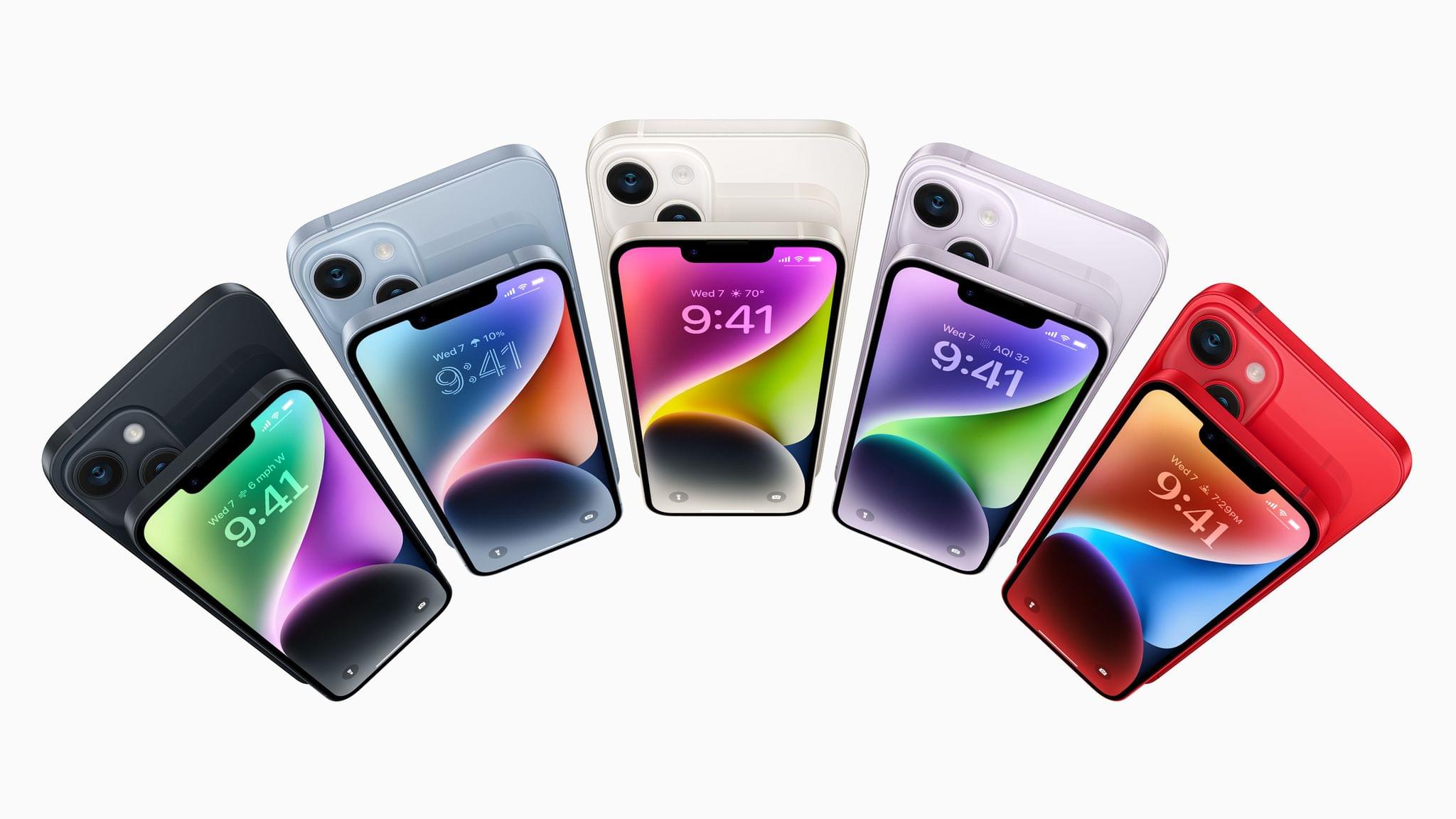The reviews for the new iPhones are out, and I’m not surprised that the greatest buzz is around the iPhone 14 Pro and Pro Max. It’s worth digging into each of these reviews to get each author’s full take on the new iPhones, but here are a handful of observations that I thought were particularly interesting.
Nilay Patel, writing for The Verge explains how the iPhone 14 Pro Max’s Dynamic Island works:
Apple’s built a new dynamic subpixel antialiasing system that makes the edges of the island up to three times crisper than all the other animations in iOS, which antialias at the pixel level. In normal room lighting, this really works: it feels like the cutout on the display is getting bigger and smaller, and the animations are really fun. (In sunlight or brighter light, you can see the camera sensors, and the illusion goes away, but it’s still cool.)
Patel is also intrigued by the new ideas Apple is experimenting with in the iPhone 14 Pro:
The iPhone 14 Pro, on the other hand, is the clear beginning of lots of new ideas, like the Dynamic Island, the new camera, and that satellite connectivity system. Because these ideas are new, they’re inherently incomplete. But they’re worth criticizing, which is its own kind of victory and a sign that Apple isn’t holding still with the future of the iPhone. I think we could all stand to think more deeply about how our smartphones work, and things like the Dynamic Island are evidence that Apple is still thinking deeply about parts of the iPhone experience.
Allison Johnson wrote a review of the iPhone 14 for The Verge and concluded that its appeal is going to be limited if you have a more recent model iPhone:
Most people should consider other options, but there is an argument for the iPhone 14 if you meet a narrow set of criteria: you’re on an iPhone 12 or older, you really want the satellite SOS feature, you prefer a 6.1-inch screen size (it is, after all, the right one), you want the best camera quality at this price point, you just need a new phone right now, and your carrier is offering a sweet trade-in deal. For this particular set of circumstances, the iPhone 14 will suit you just fine. Otherwise, it’s well worth taking a look at your other options.
Joanna Stern’s story for The Wall Street Journal explains that Apple is doing more than just offering better cameras to entice consumers to move up to the Pro models this year:
The Pro upgrade used to be about the third camera with the telephoto lens. That still matters, but now so does the new multitasking capabilities and a screen you don’t have to keep tapping.
C. Low, writing for Engadget, has a similar take but also feels that Emergency SOS may attract some buyers:
From the outside, the iPhone 14 Pro and Pro Max don’t look dramatically different from their predecessors, aside from the Dynamic Island. But thanks to the Always On Display and crisis-preparedness features like crash detection and Emergency SOS, the iPhone 14 Pros feel potentially more useful in unforeseen circumstances. Sure, the camera updates feel less significant than I expected. But anyone upgrading from an older phone will appreciate what Apple has to offer.
Finally, Matthew Panzarino, writing for TechCrunch, shares his first impressions of the new iPhones, including these details about the Always-On display:
The new A16 ability to ramp the display down to 1Hz lets them leave the screen on without materially affecting battery life but by nature you will likely get a small amount of extra life by leaving it off. Some other interesting side effects of the refresh rate dropping down to sub 1 second is that any timers you have running will show only to the minute while the display is in ‘off’ mode unless the timer has less than 2 minutes left, in which case it will ramp back up enough to show you that the seconds are ticking away.
Panzarino also takes an in-depth look at some of the changes enabled by the Photonic Engine:
Driving improvements across the model lineup is a new image pipeline Apple is referring to as the Photonic Engine. The big revelation here is that Apple is taking the raw captures – 4 main frames and 2-3 secondary frames – from the sensor and doing its combination work on them through Deep Fusion before it does any adjustments including de-mosaic, noise reduction and color correction.
By interpolating the images earlier in the pipe, the ISP can work on these bigger, more information rich 16-bit RAW exposures – allowing it to retain fine detail down to the final 12MP JPEG.
Of course, there were many video reviews of the iPhone 14 line today too. I’ve collected some of my favorites below:


